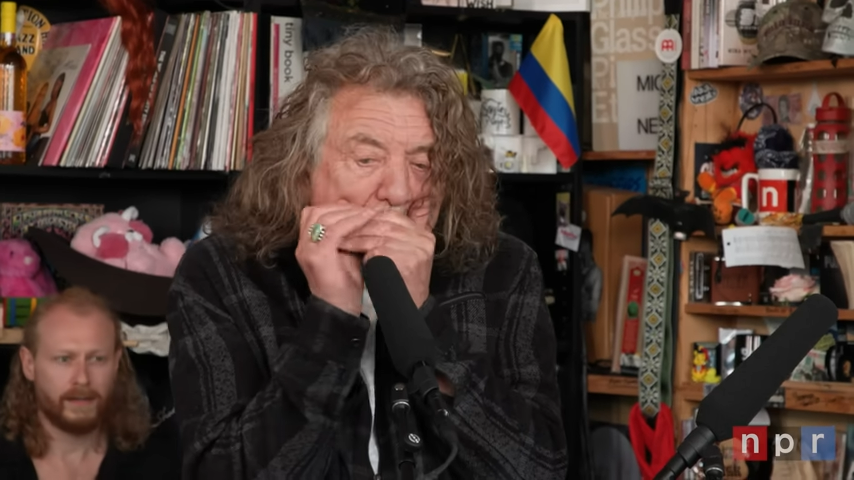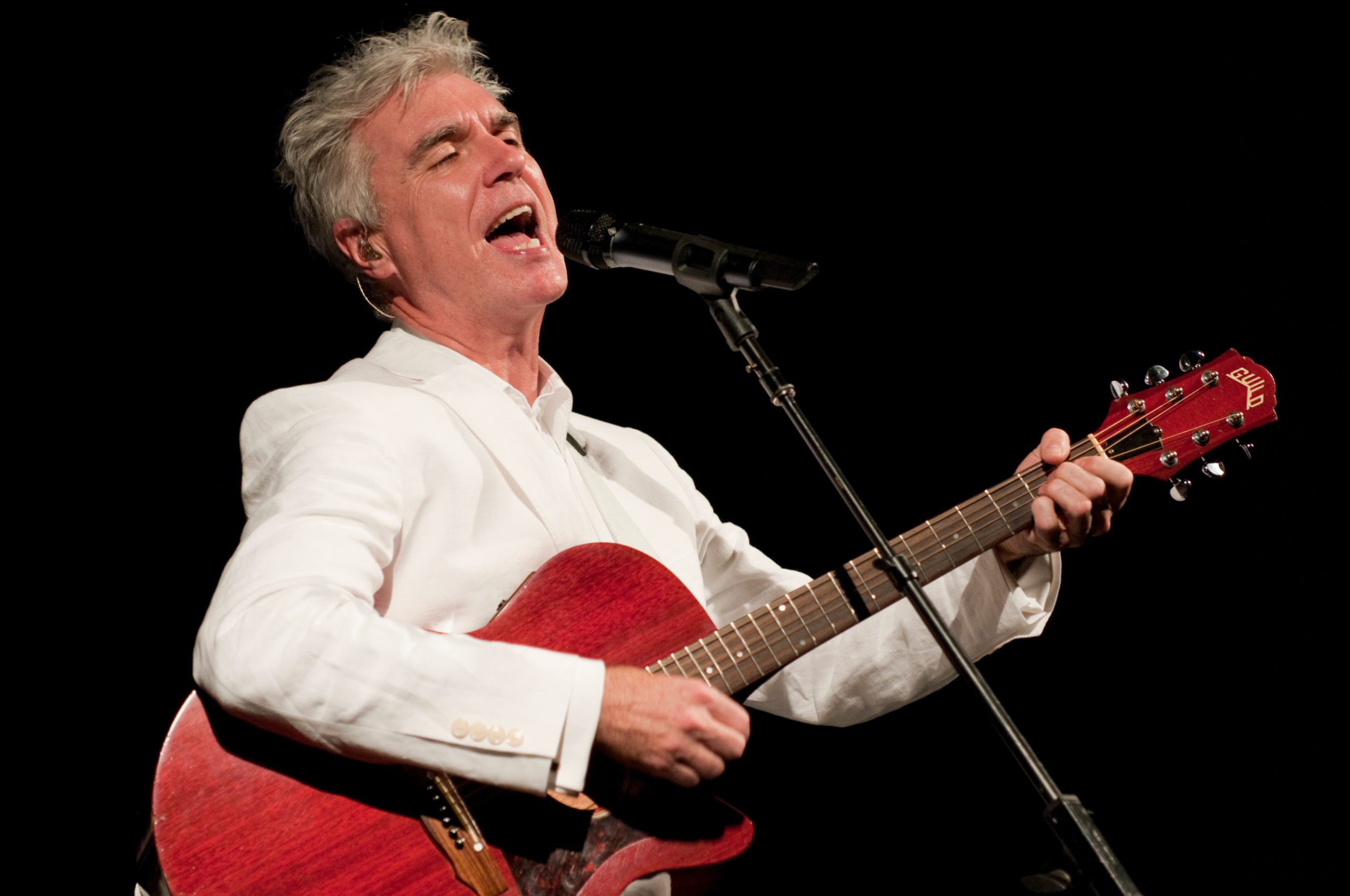
Music history is full of artists who briefly touched greatness before vanishing. One-hit wonders leave their mark with songs that top charts and ignite dance floors while their creators often fade into obscurity. Their singular success becomes both blessing and curse.
What can these fleeting phenomena teach us? One-hit wonders reveal how fickle popularity can be. Their songs capture cultural moments that echo through our collective memory for decades, like time capsules we can reopen with the press of a play button.
15. A Thousand Miles – Vanessa Carlton
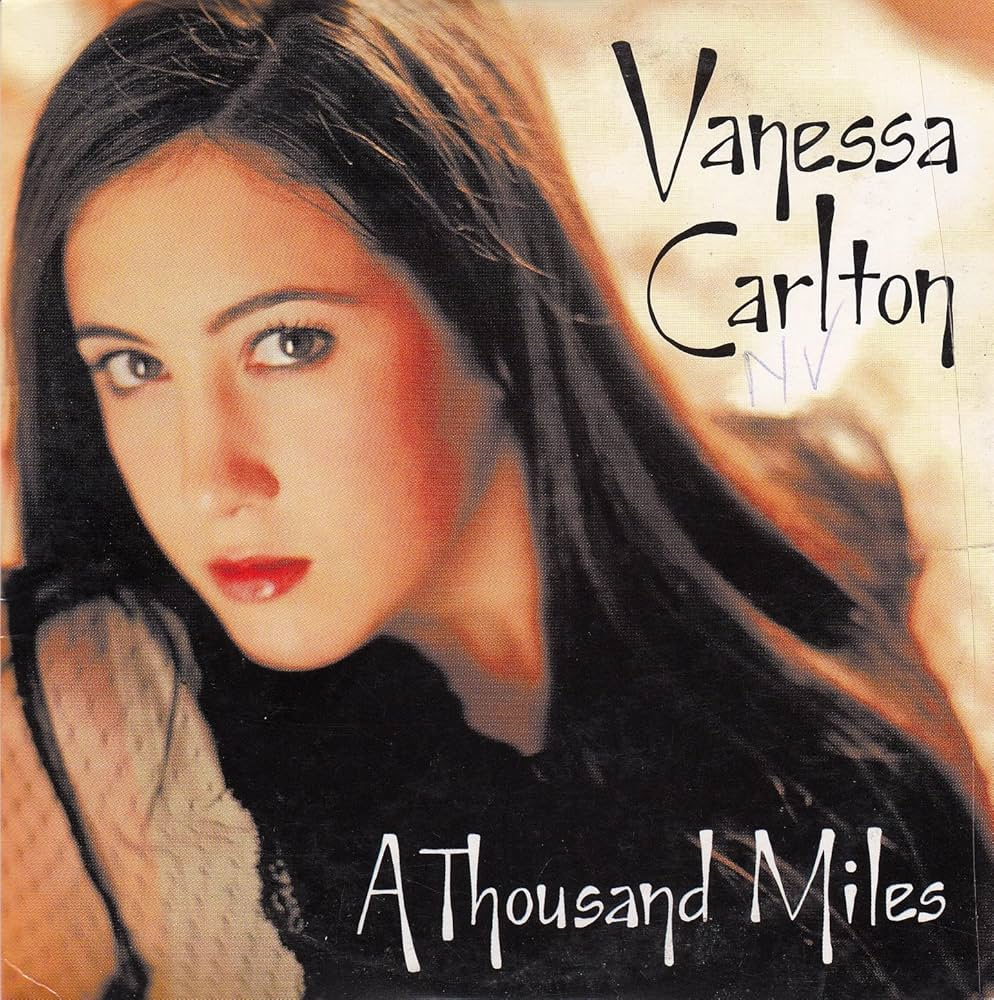
Vanessa Carlton’s piano-driven pop ballad became inescapable in 2002, with its distinctive piano intro recognized within the first few notes. The sweeping orchestral arrangement and earnest vocals propelled the track to number five on the Billboard Hot 100, while its music video featuring Carlton performing on a moving piano cemented its place in pop culture history.
Despite earning three Grammy nominations for this breakthrough hit, Carlton’s subsequent releases failed to achieve similar commercial success. Her piano-focused style quickly fell out of fashion as R&B and hip-hop dominated the charts. Today, the song remains a staple of movie soundtracks and nostalgic playlists, proving some musical journeys need only one perfect thousand-mile trip.
14. Stacy’s Mom – Fountains of Wayne
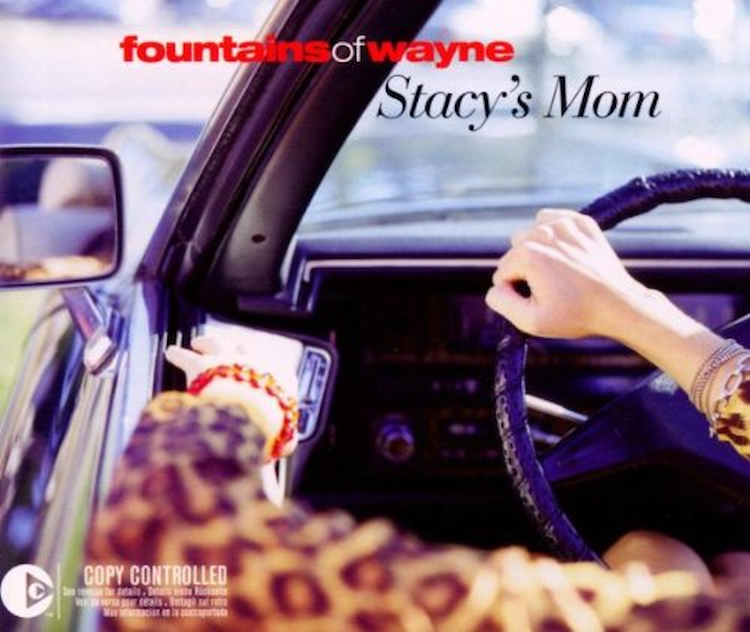
Fountains of Wayne delivered the ultimate uncomfortable crush anthem in 2003 with “Stacy’s Mom.” The power-pop track with its taboo lyrics about maternal infatuation climbed to number 21 on the Billboard Hot 100. Its cheeky music video featuring model Rachel Hunter paid homage to 1980s teen comedies while the infectious chorus guaranteed its place at every early 2000s party.
The band had been creating critically acclaimed power-pop for years before this breakthrough, yet never again captured mainstream attention despite continued output. Their unexpected hit overshadowed their substantial catalog of thoughtful songwriting. Tragically, co-founder Adam Schlesinger passed away in 2020, but this quirky ode to suburban desire ensures the band’s musical legacy persists beyond their core fanbase.
13. Ice Ice Baby – Vanilla Ice

Vanilla Ice’s unauthorized sample of Queen and David Bowie’s “Under Pressure” formed the backbone of hip-hop’s first number-one single in 1990. The distinctive bass line, combined with Ice’s confident delivery and dance-ready beat, created a cultural phenomenon that sold over seven million copies worldwide. Even as critics dismissed him, teenagers everywhere practiced that signature dance move.
After his meteoric rise, Vanilla Ice’s career melted almost as quickly when his contrived backstory was exposed and hip-hop authenticity became paramount. He later reinvented himself multiple times through reality television, nu metal, and real estate. His pioneering crossover hit remains both celebrated and mocked as a defining moment when rap burst into suburban bedrooms across America.
12. Mambo No. 5 – Lou Bega
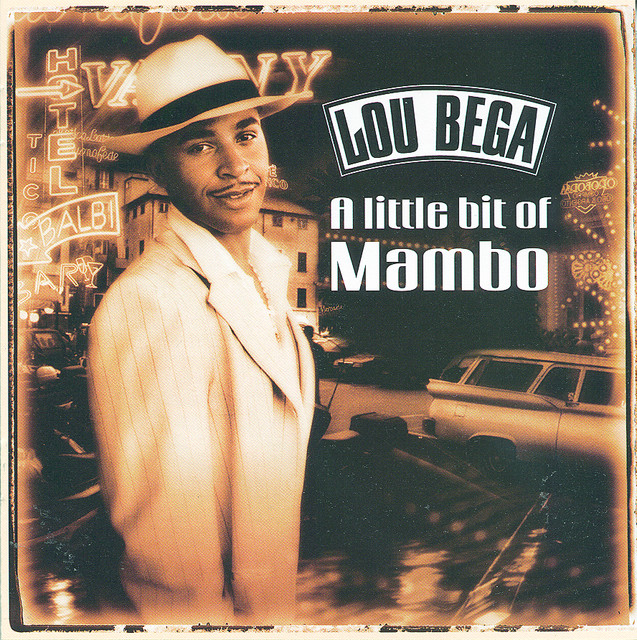
Lou Bega revitalized mambo for the millennial generation with his name-dropping dance hit in 1999. The German-born artist infused Latin rhythms with contemporary pop production, creating an irresistible party starter that reached number one in dozens of countries. His fedora-wearing persona and the song’s rapid-fire female name catalog made it a ubiquitous presence at weddings and sporting events.
Despite releasing multiple follow-up singles and albums, Bega never recreated the global impact of his signature mambo. He continues performing and recording, primarily finding success in European markets. The song’s lasting cultural footprint extends beyond music, having been adapted for everything from children’s television to sports anthems, proving that sometimes a little bit of mambo is all the world needs.
11. Teenage Dirtbag – Wheatus

Wheatus captured adolescent awkwardness perfectly with their 2000 alt-rock anthem about unrequited high school love. The combination of frontman Brendan Brown’s distinctive falsetto, power chords, and painfully relatable lyrics about social rejection resonated worldwide, reaching number two in the UK and Australia. The song found renewed popularity through its inclusion in the film “Loser” and later through TikTok reinterpretations.
Despite their breakthrough success, label disputes and lineup changes hampered the band’s momentum. Founder Brendan Brown continues touring with a revolving door of musicians, developing a devoted cult following. Their defining hit remains a timeless expression of teenage outsider status, forever ensuring anyone who ever felt marginalized has three perfect minutes of vindication.
10. Who Let the Dogs Out – Baha Men
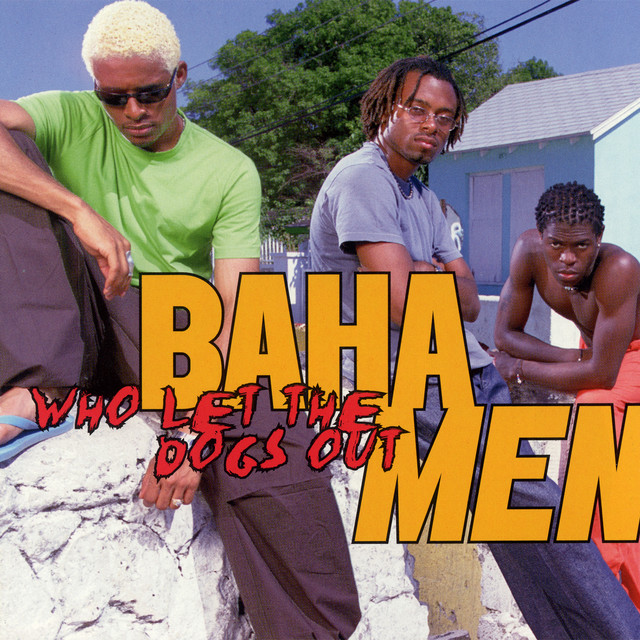
The Baha Men transformed a Trinidadian carnival chant into a global phenomenon in 2000, creating the ultimate sports arena anthem. The song’s call-and-response chorus became ubiquitous at athletic events worldwide, while winning a Grammy for Best Dance Recording. Its infectious energy transcended language barriers, becoming a cultural touchstone despite peaking at only number 40 on the Billboard Hot 100.
Following their unexpected crossover success, the Bahamian group struggled to establish themselves beyond their signature barking hit. The song overshadowed their decades-long career in junkanoo and calypso music. Today, the track persists primarily through its use in films, commercials, and sporting events, remaining one of music’s most recognizable questions with an eternally unanswered mystery.
9. Spirit in the Sky – Norman Greenbaum (1970)
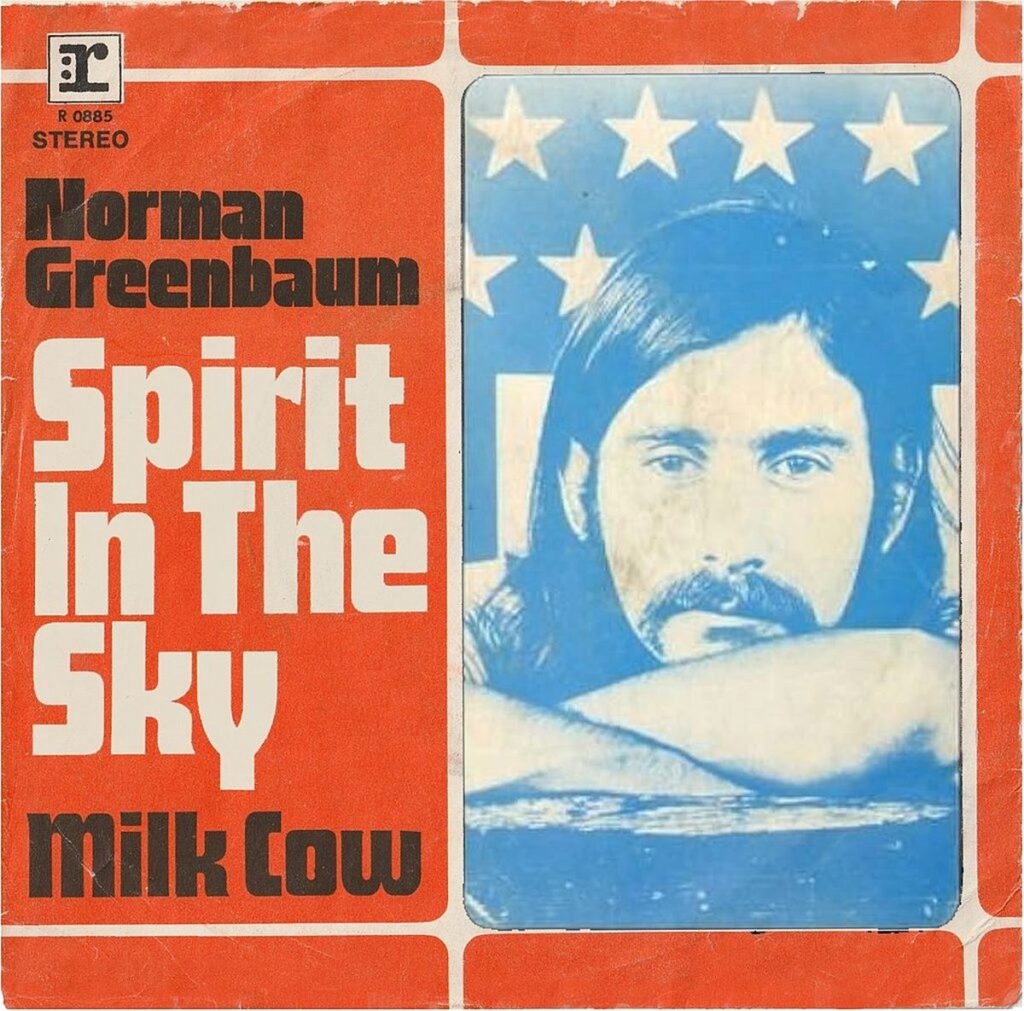
Norman Greenbaum’s “Spirit in the Sky” mixed religious lyrics with fuzzy guitar riffs in 1970, joining other timeless hits from 1967 through the early 70s. This odd pairing peaked at number three on the Billboard Hot 100. Even John Lennon praised its boldness.
The track appears in countless films and commercials fifty years later. Greenbaum proved musical boundaries exist to be broken. Yet his career afterward resembled a soufflé that rises magnificently once but falls flat with every subsequent attempt.
8. Come On Eileen – Dexys Midnight Runners (1982)
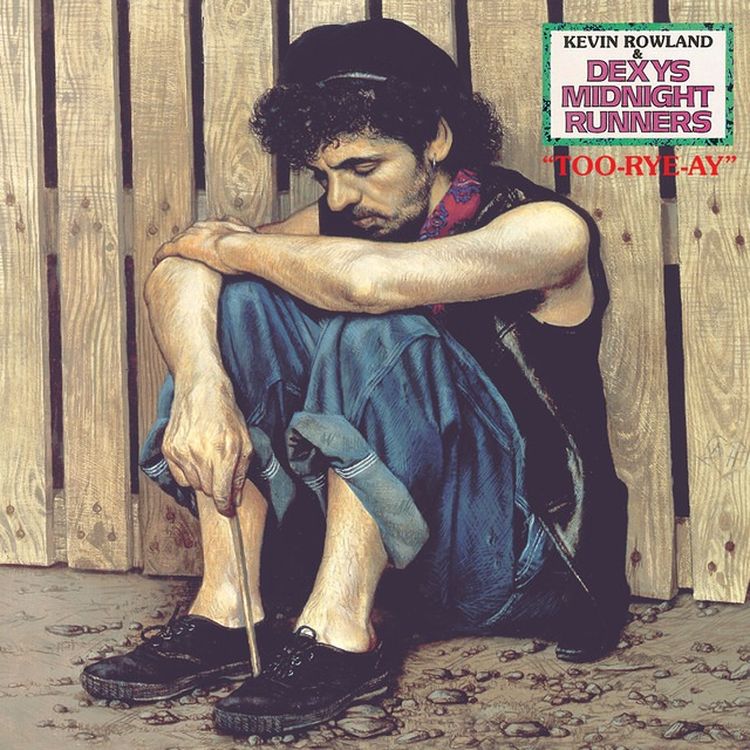
Dexys Midnight Runners’ fiddle-driven anthem knocked Michael Jackson from his number one spot in 1982. Its Celtic-pop fusion created an instant classic. The song still fills wedding dance floors and featured prominently in “The Perks of Being a Wallflower.”
Their chart-topping achievement proved that unconventional instruments could dominate mainstream radio. The band later released several albums but never recaptured the magic of this breakout hit.
7. Somebody That I Used to Know – Gotye featuring Kimbra (2011)
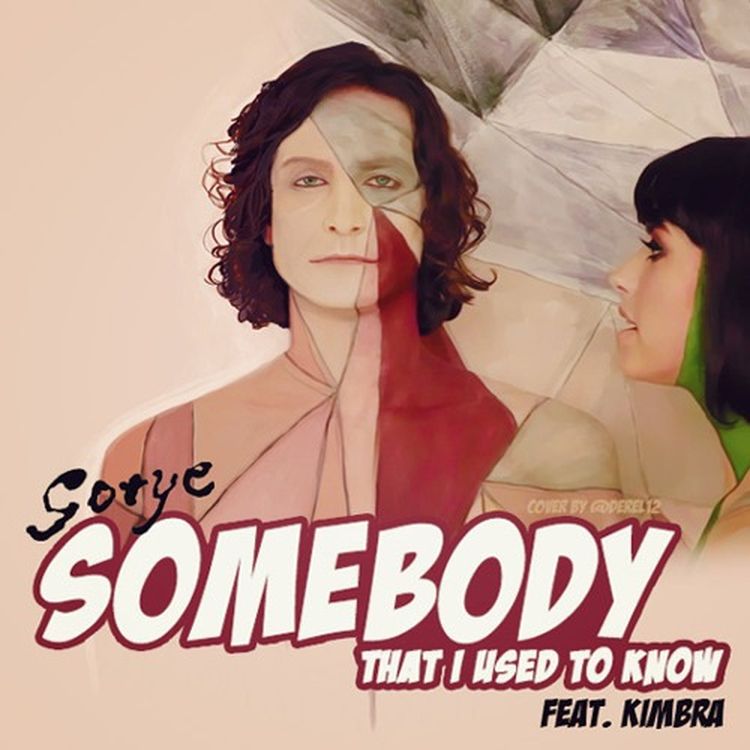
Gotye’s minimalist breakup anthem hit number one globally in 2011. The raw emotional lyrics and distinctive xylophone melody stood out among the electronic dance tracks dominating radio.
This Australian artist received two Grammy Awards for this collaborative hit with Kimbra. Yet Gotye stepped away from the spotlight in 2014, becoming somebody that we used to know. See what happened there?
6. Tainted Love – Soft Cell (1981)

Soft Cell transformed Gloria Jones’ 1964 soul track into a synth-pop sensation in 1981. Their electronic reimagining spent a record-breaking 43 weeks on the Billboard Hot 100. The pioneering arrangement influenced countless New Wave artists.
Despite this remarkable achievement, the band split up just three years later. Their signature hit remains an iconic 80s anthem played at retro nights worldwide. Ask any DJ—this track fills dance floors faster than free drinks at happy hour.
5. Mickey – Toni Basil (1982)
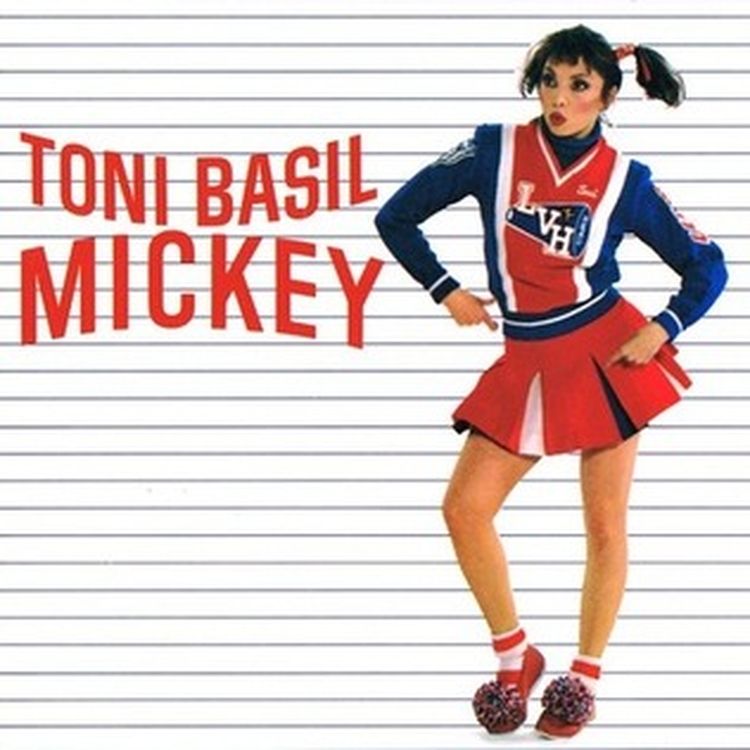
Toni Basil took an existing song called “Kitty” and transformed it with a cheerleading theme in 1982. Her innovative music video featured choreography that helped propel the song to number one. The track became instantly recognizable.
After this chart-topping success, Basil released her final album in 1983. She later returned to choreography and acting. Her signature song demonstrated how visual concepts can elevate music from forgettable to unforgettable.
4. You Spin Me Round (Like a Record) – Dead or Alive (1985)

Dead or Alive’s energetic dance hit fused disco rhythms with New Wave elements in 1985. The track became the first number one UK single for producers Stock Aitken Waterman. Pete Burns’ dramatic vocals made the song unmistakable.
Label disputes limited the band’s subsequent success. Yet their signature song outlasted their career, frequently sampled by modern artists. This track spread through dance music culture like a viral meme before social media existed.
3. 99 Luftballons – Nena (1983)
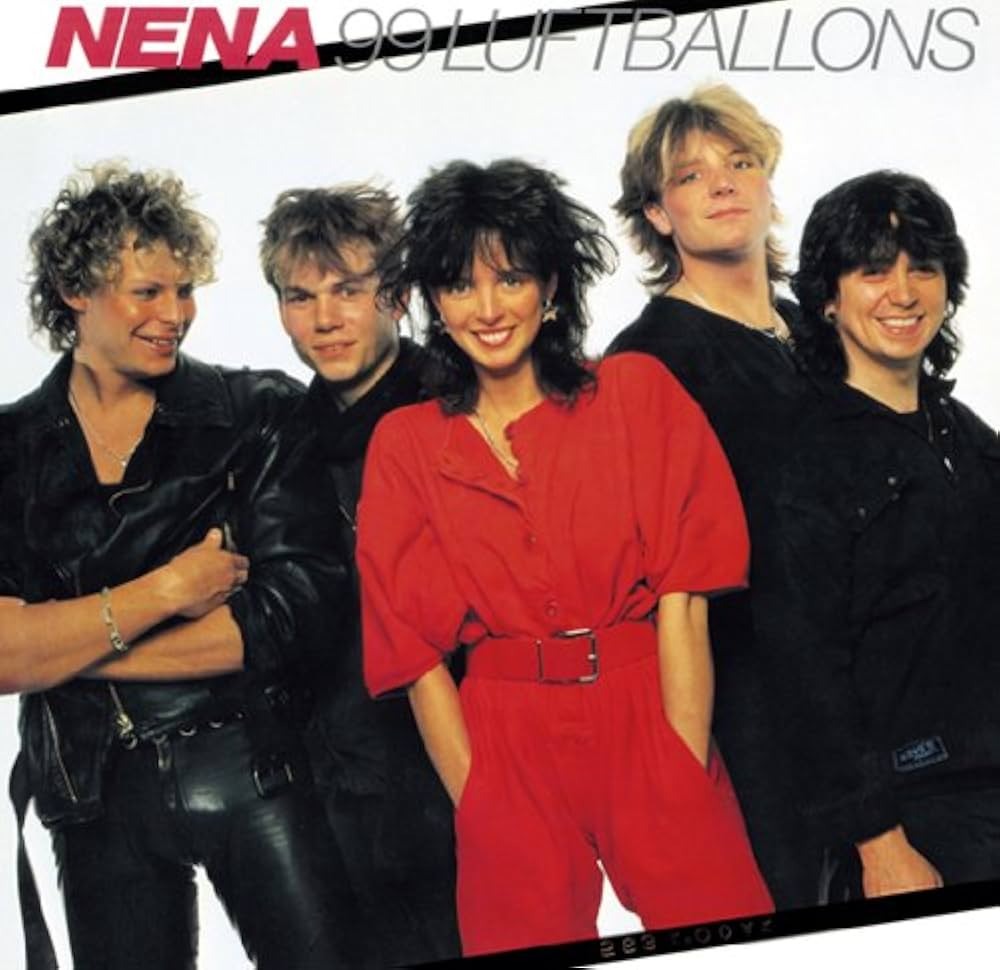
Nena’s anti-war anthem captured Cold War anxieties while still getting people dancing in 1983. Available in both German and English versions, it peaked at number two on Billboard. The song turned nuclear panic into a catchy tune.
The German band broke up in 1987 without achieving another international hit. Their signature song remains a symbol of 1980s pop culture. Few songs manage to make political statements while keeping your feet moving.
2. Video Killed the Radio Star – The Buggles (1979)
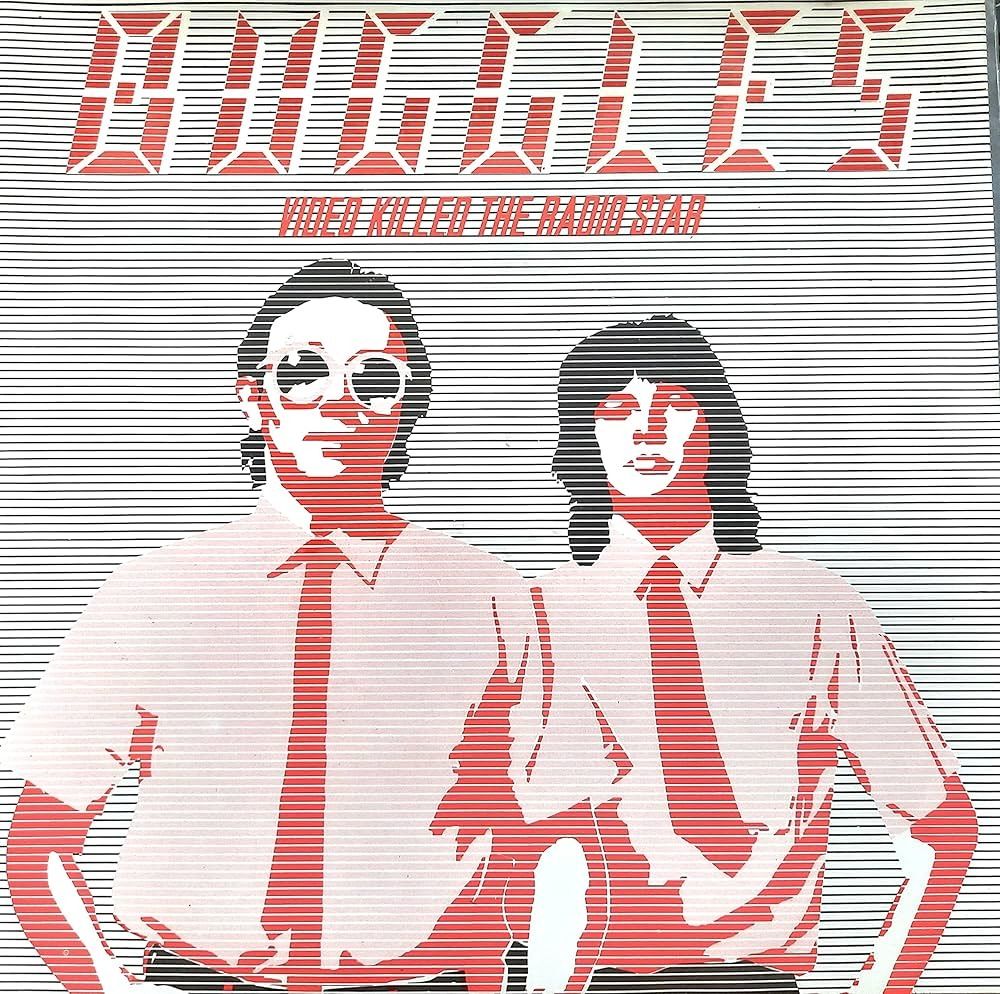
The Buggles created a prophetic statement about technological change with their 1979 hit. This song made history by launching MTV as the channel’s first music video in 1981. Talk about predicting your own future!
Despite this cultural impact, the group rarely toured or performed live. Their visionary single predicted how music consumption would evolve in coming decades. The song became more famous for what it represented than for its melody.
1. Take on Me – a-ha (1985)
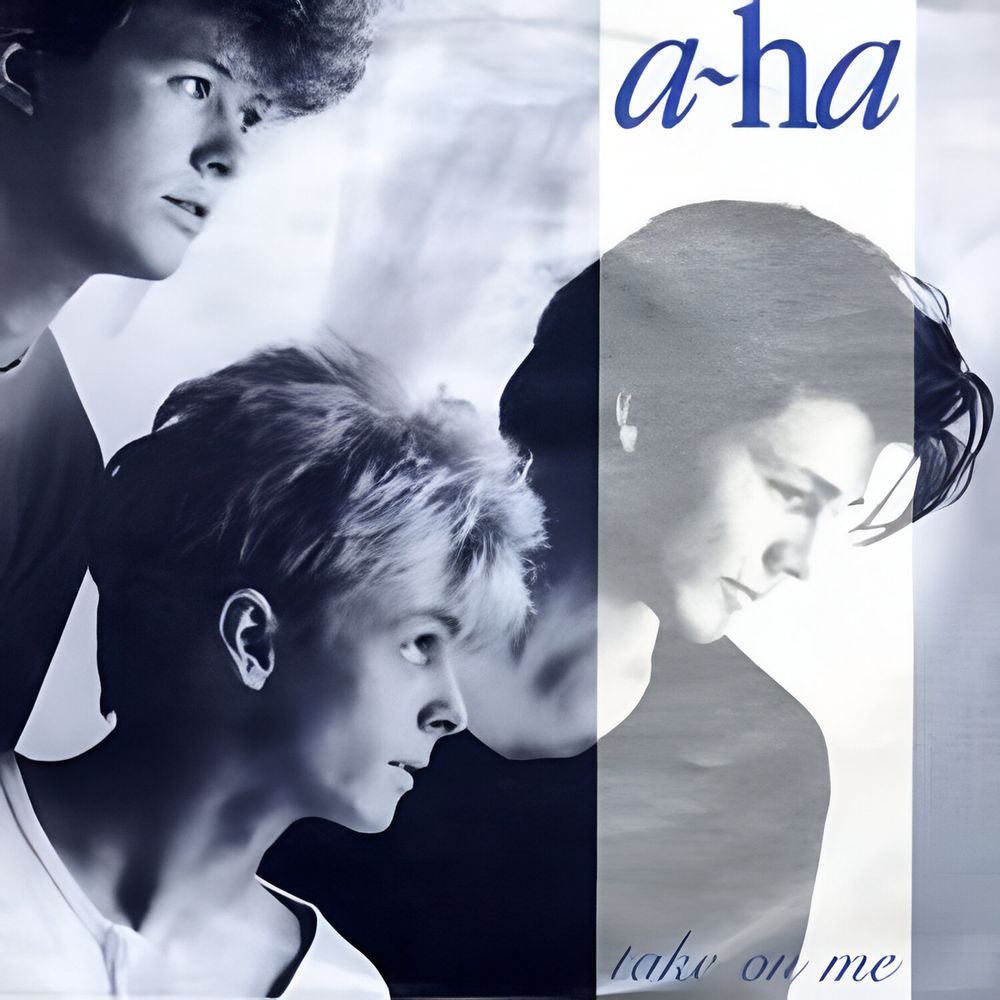
A-ha’s “Take on Me” barely charted on its first release in 1984. The re-release in 1985 reached number one globally thanks to its groundbreaking rotoscoped animation video. That pencil-sketch world remains one of music’s most innovative visual concepts.
Despite selling over seven million copies worldwide, the Norwegian band struggled to maintain success in America. Their signature song’s journey shows that timing and presentation can matter as much as musical talent. That falsetto note still challenges karaoke singers everywhere.









